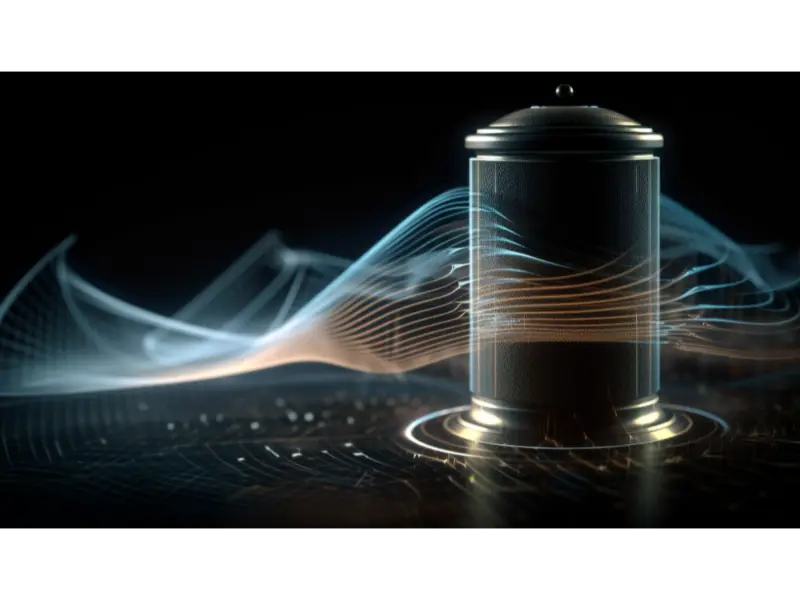- Microsoft and PNNL’s groundbreaking collaboration reveals a solid-state electrolyte, reshaping battery technology and addressing EV lithium demands.
- As AI accelerates prototype testing, a transformative future in sustainable and efficient battery materials emerges, demanding cleaner energy for data centers.
Microsoft and PNNL’s AI synergy not only uncovers a game-changing solid-state electrolyte but also propels sustainable battery science into the spotlight, urging attention to both groundbreaking discovery and AI’s environmental impact.
Microsoft’s AI collaboration unearths revolutionary battery material
AI and high-performance computing (HPC) are transforming the quest for advanced battery materials, as seen in the collaboration between Microsoft and the Pacific Northwest National Laboratory (PNNL). Their AI-driven partnership recently uncovered a promising solid-state electrolyte, a potential breakthrough for safer and more efficient batteries.
The newfound electrolyte, essential for batteries, particularly those in EVs, offers the prospect of reduced lithium usage by as much as 70%, addressing the growing demand for rechargeable batteries. Microsoft’s Azure Quantum Elements (AQE) platform played a pivotal role in this discovery, rapidly analyzing 32 million candidates and pinpointing materials with stability, conductivity, and practicality.
Also read: LG Chem announces $820 million investment for new battery cathode factory in the US
Despite the newfound material’s lower conductivity in lab tests than anticipated, the combination of lithium and sodium shows promise, potentially reducing lithium usage by up to 70%. Moreover, this material could contribute to the development of safer solid-state batteries, a crucial aspect in mitigating safety concerns associated with current lithium-ion batteries.
The journey towards sustainable and efficient battery materials unfolds
While hundreds of prototype batteries must undergo testing and refinement, the accelerated pace of discovery, enabled by AI, hints at a transformative future for materials science. The search for environmentally friendly and efficient battery materials aligns with the urgency of addressing climate change.
As the quest for advanced battery materials intensifies, it’s crucial to acknowledge the environmental impact of generative AI and large-scale computing. Balancing the need for scientific discovery with energy efficiency becomes paramount, necessitating a simultaneous push towards cleaner energy sources and better batteries to power data centers.

